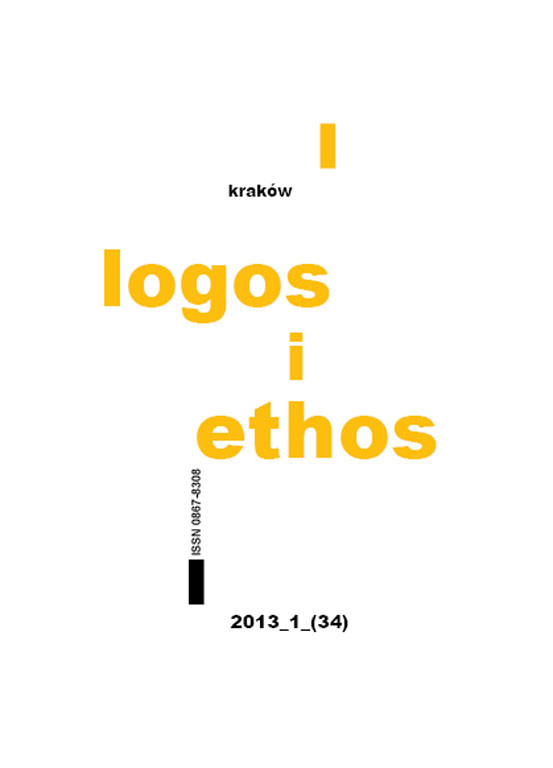“Who Will Take Us to Heaven?” The Painful Transition from the Baroque to the Enlightenment in Latin America
DOI:
https://doi.org/10.15633/lie.170Abstract
European cultural movements of the seventeenth to nineteenth centuries arrived at the New World and had a decisive influence on the way of being American. This article deals with the way in which the Baroque and Enlightenment were applied in Latin America. Taking art and law as examples, it is shown that, during the Baroque, a very original culture was developed, where the creativity of the Indians and the mestizos could be expressed in many different ways. The art and law that were developed in America until the mid-eighteenth century constitute a valuable fusion between European and pre-Columbian elements, and does not merely limit itself to repeat Old World models. On the other hand, with the advent of Enlightenment, the American world was obliged to be subdued to strict rationalist canons, expressed by neoclassical art and, in the nineteenth century, by statutory codification and constitutionalism. These European cultural trends were characterized, in America, for its elitism, in such a way that they led to the exclusion of all prominence to popular classes (Indians as well as mestizos) in artistic creation and severely limited the role of traditional customs in lawmaking.
Downloads
Published
Issue
Section
License
Copyright (c) 2013 Joaquín García-Huidobro

This work is licensed under a Creative Commons Attribution 4.0 International License.
Authors who publish with this journal agree to the following terms:
- Authors retain the copyright and full publishing rights without restrictions, and grant the journal right of first publication with the work simultaneously licensed under a Creative Commons Attribution 4.0 International License that allows others to share the work with an acknowledgement of the work's authorship and initial publication in this journal.
- Authors are able to enter into separate, additional contractual arrangements for the non-exclusive distribution of the journal's published version of the work (e.g., post it to an institutional repository or publish it in a book), with an acknowledgement of its initial publication in this journal.
- Authors are permitted and encouraged to post their work online (e.g., in institutional repositories or on their website) prior to and during the submission process, as it can lead to productive exchanges, as well as earlier and greater citation of published work (See The Effect of Open Access).

